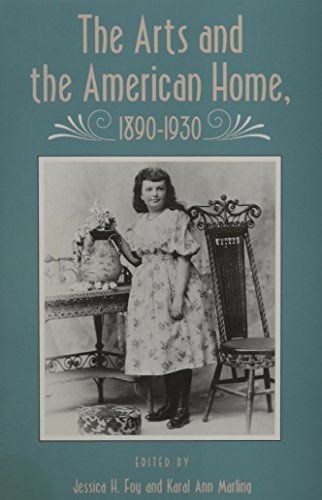
The Arts and the American Home, 1890-1930
Between 1890 and 1930, the daily life of the American family began to reflect rapid advances in technology, aesthetics, and attitudes about American culture. Pictorial, literary, musical, and decorative arts from this era all reveal a shift from clutter to clarity and from profusion to restraint as modern conveniences, ranging from pre-stamped needlework patterns to central heat, were introduced into the domestic environment. However, the household arts were also affected by an enduring strain of conservatism reflected in the popularity of historically inspired furnishing styles. In this collection of essays, ten experts in turn-of-the-century popular and material culture examine how the struggle between modernity and tradition was reflected in various facets of the household aesthetic. Their findings touch on sub-themes of gender, generation, and class to provide a fascinating commentary on what middle-class Americans were prepared to discard in the name of modernity and what they stubbornly retained for the sake of ideology. Through an examination of material culture and prescriptive literature from this period, the essayists also demonstrate how changes in artistic expression affected the psychological, social, and cultural lives of everyday Americans.